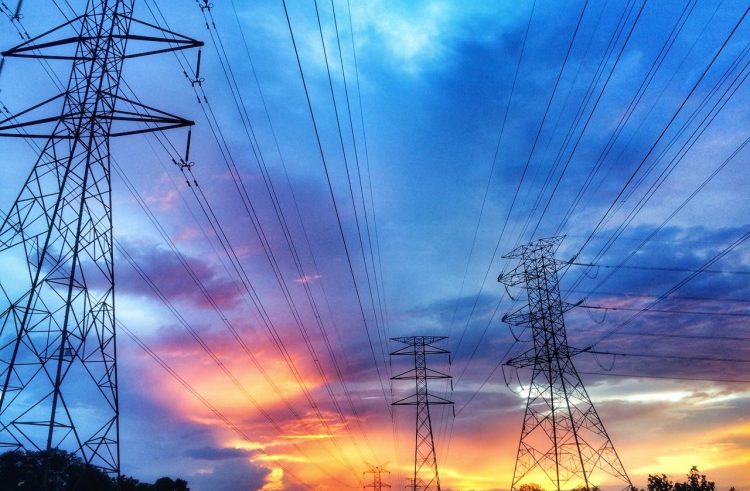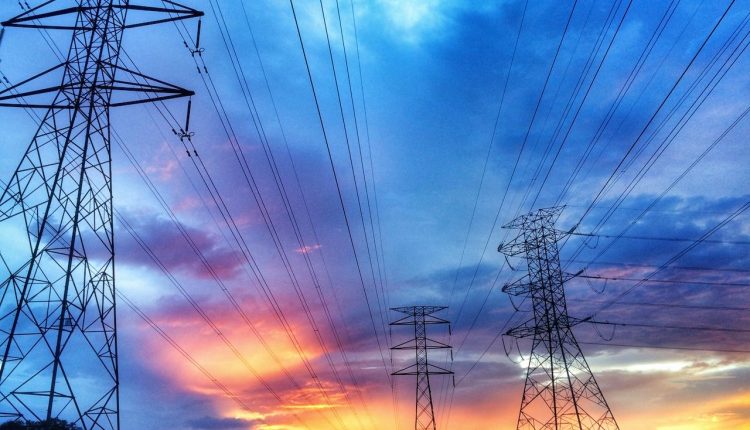A 100MW battery, the largest in Europe to be connected to the power grid, is now online close to Wirral and is projected to save 1m tonnes of carbon emissions. Tony McDonough reports

A 100MW battery installed just outside the Liverpool city region border has been hailed as a “significant milestone” in the UK’s path to net zero emissions.
Battery storage and electric vehicle fleet specialist Zenobē has installed the battery at Capenhurst between Wirral and Chester. It has been connected to the national grid and is the largest transmission-connected battery in Europe.
It will provide Liverpool city region and Cheshire with a ‘reactive’ power service. This battery will allow more use of renewable energy such as offshore wind. It is estimated that over the next 15 years it will save more than 1m tonnes of carbon emissions.
Currently, the UK has around 25GW of installed wind power, both onshore and offshore. Put together with other sources such as solar, biomass and hydro generated more than 40% of the UK’s electricity in 2022.
However, wind and solar capacity are intermittent. Although we can say roughly how much wind the UK will get over the course of the year, on a day to day basis it is harder to predict. Turbines are currently 40-50% efficient.
This means 25GW of installed capacity will likely only produce around 12GW of power. Key to maximising intermittent energy sources is increasing storage capacity using large batteries such as the one at Capenhurst.
This will allow National Grid to use less gas-fired power and still ‘balance’ the grid (ensuring a balance between supply and demand).
James Basden, co-founder and director of Zenobē, said: “With Capenhurst, we’re solving a key issue on the grid in the Merseyside region whilst significantly enhancing the nation’s use of renewable power.
“This pioneering project enables us to deliver vital grid services without the need for fossil fuels, supporting cities such as Liverpool with their zero carbon targets.”

Zenobē claims it will also lead to large cost savings for consumers as gas plants will not need to run as frequently. It means fees won’t have to be paid to curtail wind power when the network becomes congested.
However, the lower cost of renewable power is currently masked by the way the UK’s wholesale price is set. It is based on the marginal cost of the last generating unit, which is usually gas. The Government has promised reform of the market.
READ MORE: Renewables firm signs 10-year Liverpool deal
READ MORE: Pilkington signs hydrogen supply agreement
In December 2022, National Grid paid £82m to wind farm operators to turn their turbines off in efforts to stop the energy system from becoming overwhelmed.
Over the first 15 years of operation Zenobē says the battery at Capenhurst will save around £58m on curtailment costs that would have previously been passed on to consumers.

